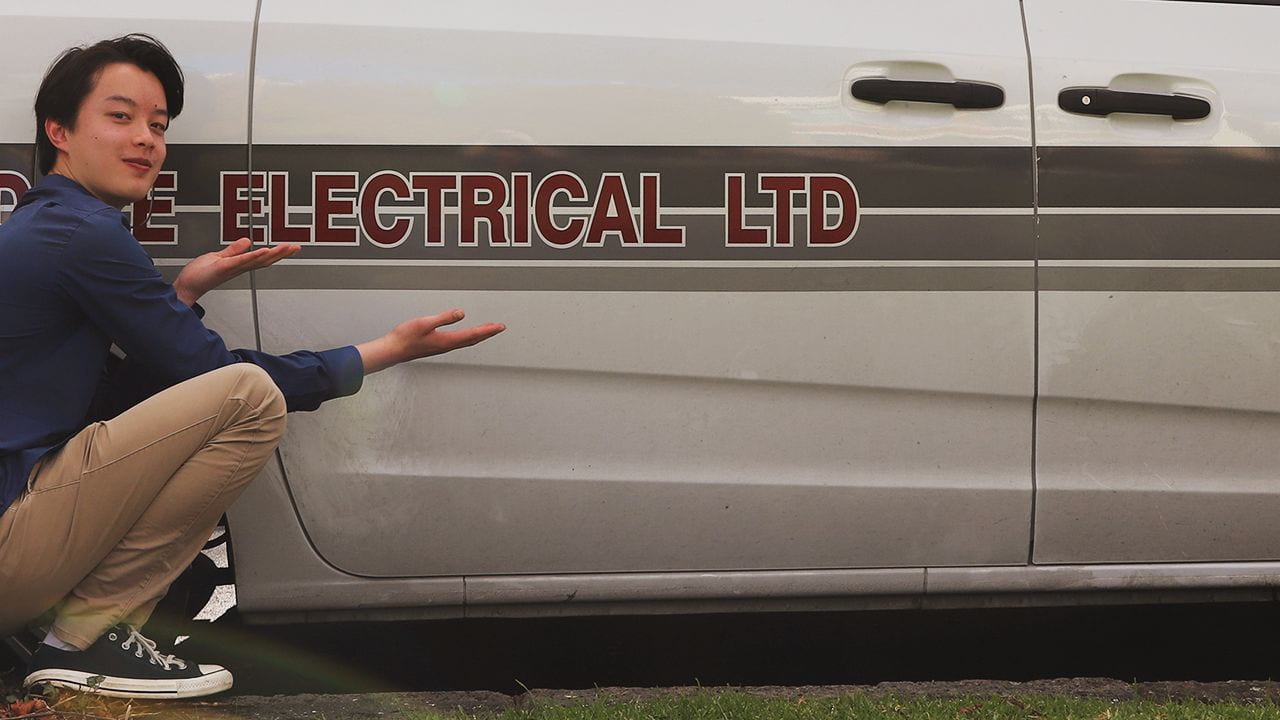From the offset of first year, when my innocent eyes perused the bounteous selection of specializations on offer, my heart was set on one special option. Throughout the year, I remained unwavering in my decision, and by the time selection rolled out, the same option returned to the forefront of my mind. That option in question was Engineering Science. ‘Did you pick the wrong E specialization?’ you might ask. On the contrary – I opened my eyes to the wonderful possibilities of Electrical.
Firstly, for some of you, I realise that me advertising Electrical is comparable to suggesting that you should visit your dentist – you didn’t ask to hear it, and saying it makes me as popular as Electrical places around allocation time. You’re probably just waiting for me to say my piece so you can move on to the Engsci blog.
Fair enough. But the tooth is that Electrical engineering is a continually expanding realm with plentiful possibilities for innovation, and the paths you could traverse are endless. It’s a degree which provides the tools necessary to design and problem-solve for the future – with the spiraling depletion of non-renewable resources, the demand for sustainable electrical practices has risen.
Yet despite all my slowly mounting appreciation for this exciting field, its “trendiness” and appeal to first-year students dies down with each successive year. Clearly it doesn’t take an Engineering Scientist to spot a pattern in our data there, so what gives?
For one, electrical engineering introduces calculus-heavy concepts which can be difficult to grasp. They are things that you really have to sink your teeth into, at the risk of sounding like your dentist explaining to your grandparents how dentures work.
For us in second year, this means starting with analysing the most basic circuit components and configurations, but don’t let this fool you. In our courses this semester, ELECTENG210 has already tossed us into the world of non-linear components (transistors and diodes), while ELECTENG202 introduces us to transient circuits which have us entirely switching between domains for analysis, all making life more complicated than a root canal procedure.
But as an Electrical student, this is the challenge that we folk thrive on. We enjoy learning under new, unfamiliar experiences – a fact that I for one now proudly advertise on my LinkedIn profile.
So if this sounds like it belongs on your LinkedIn profile something you love too, then awesome! Read on and let me give you a glimpse into my plunge down the cavernous depths of electrical design. If it’s not to your immediate liking, then don’t be afraid to leave an open mind, and remember it doesn’t end in the classroom. You’re merely picking up the fundamental tools on your way to create, innovate and improve people’s lives in a field at the forefront of modern-day engineering.
Otherwise, at the very least, you should stay to enjoy more premium jokes about your dentist.
